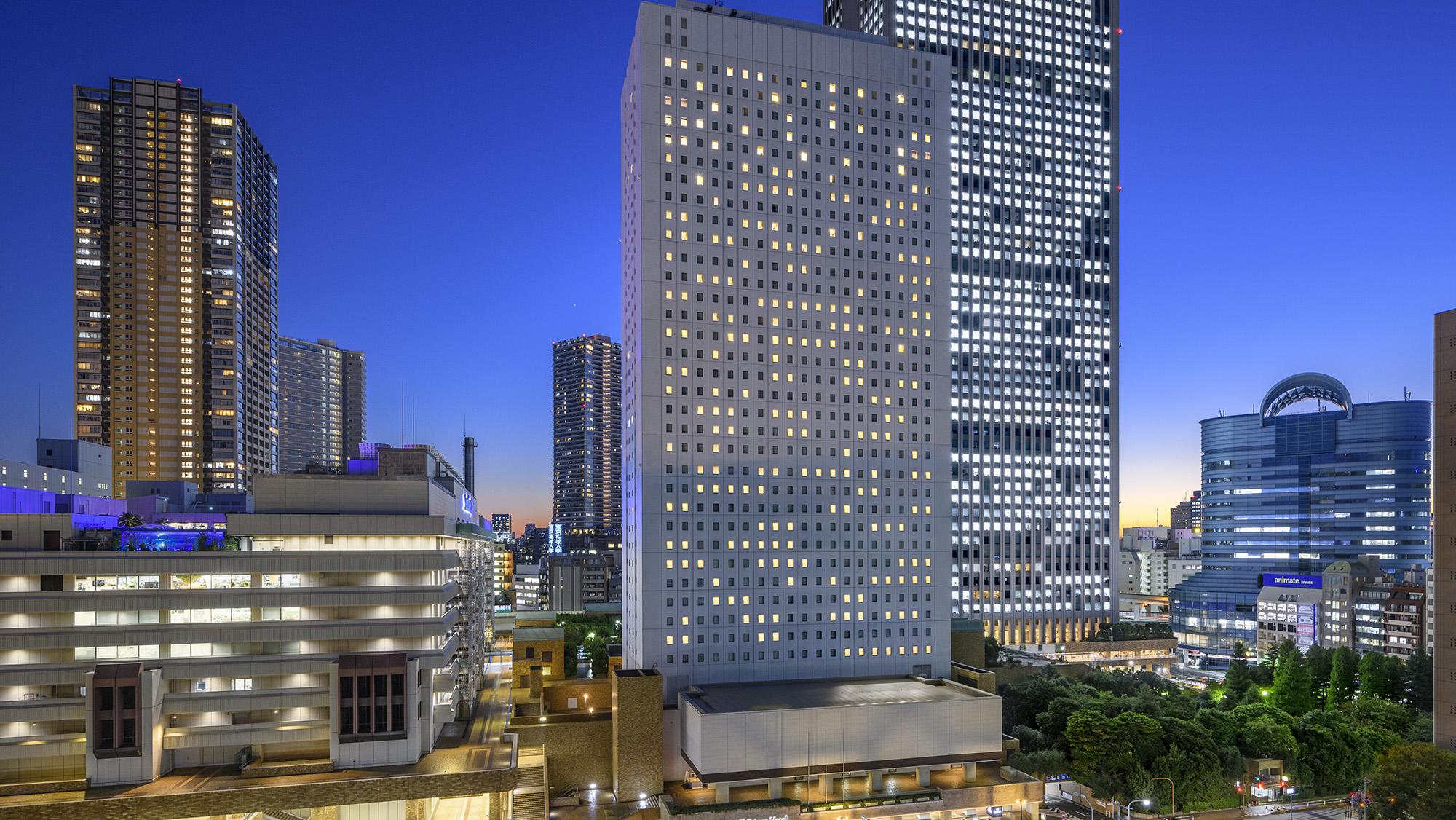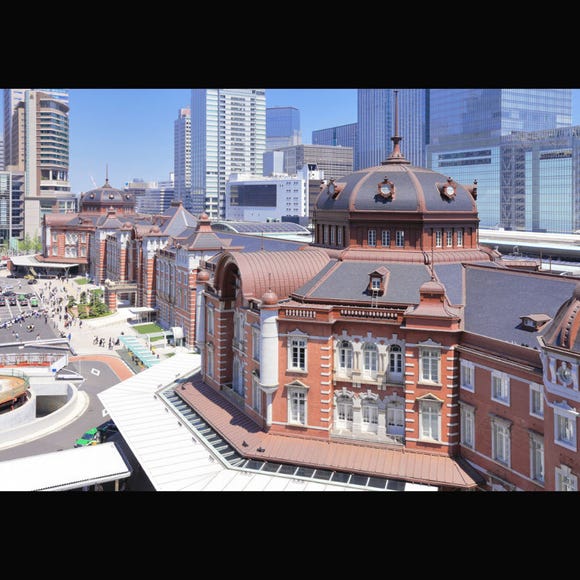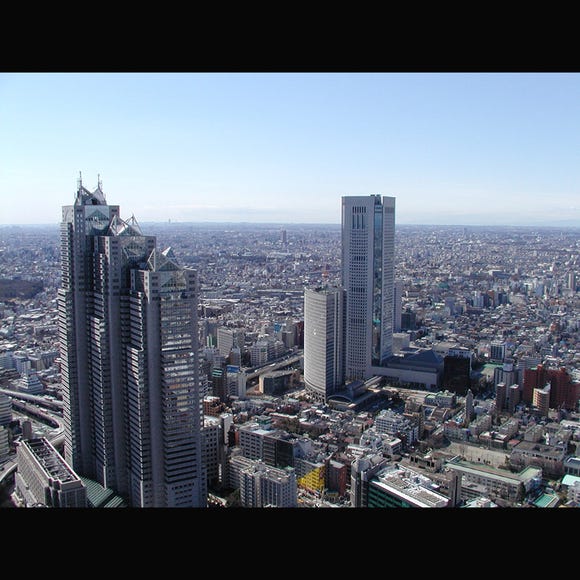
Japan's Top Tourist Pitfalls—And How to Outsmart Them, According to a Tour Conductor
- Written by: Miyu Shimada
Japan has recently been bustling with foreign tourists eager to enjoy spring cherry blossoms, autumn foliage, and winter snowscapes. That’s exactly why it’s crucial to know the “latest precautions for tourist destinations.” Please take a moment to read this guide for a fun and comfortable trip to Japan!
- Table of Contents
-
- Key Precautions to Know
- 1. Cash Still Reigns: Many Places Don’t Accept Cards
- 2. Getting Around Isn’t Always Easy—Plan Transit Ahead
- 3. Riding a Bike or Scooter? Know the Traffic Rules
- 4. Blossoms Don’t Mean Warm Weather—Dress for the Cold
- 5. Rural Shops Close Early—And Sometimes Without Warning
- 6. Embrace “Quiet Tourism”: Respect the Local Way
- Understand Seasonal and Local Tips for a Smart Trip
Key Precautions to Know
The stunning seasonal landscapes of Japan’s tourist attractions are beloved by travelers worldwide, but during peak seasons, it’s essential to be aware of crowd levels, transportation schedules, weather conditions, and local rules unique to each area.
In this article, Miyu Shimada, an active tour conductor and travel writer, shares detailed precautions for visiting Japan’s tourist spots. Drawing from real experiences at Lake Kawaguchi during peak season, she offers valuable “tourist-friendly tips” and “hints for a safe and comfortable trip.”
1. Cash Still Reigns: Many Places Don’t Accept Cards
Popular destinations for foreign visitors include urban hubs like Tokyo, Osaka, and Kyoto, but many also venture out for day trips or overnight stays to nature-rich spots. Compared to cities, these areas often lag in adopting cashless payments, and credit cards or electronic money may not be accepted. As a tour conductor who travels abroad monthly, I’ve noticed that cashless systems are far more advanced overseas than in Japan.
Even at renowned tourist destinations like Lake Kawaguchi, Hakone, Nikko, or Koyasan, many shops and services only accept cash. This is especially true during limited-time events like festivals, where cash is often a must.
Additionally, withdrawing cash on-site can be challenging due to a lack of convenience stores or ATMs. To avoid trouble, prepare extra cash while you’re still at the airport or in urban areas. If possible, carry smaller denominations like 1,000-yen bills or coins for added convenience.

This is a scene from the “Fuji Kawaguchiko Autumn Leaves Festival” I visited in fall. As shown in the photo, various food stalls and craft market booths lined the lakeshore, but almost all were cash-only.
- In rural areas, credit cards and electronic payments are often not accepted.
- Consider the scarcity of convenience stores or ATMs and prepare extra cash in advance.
- Smaller bills (1,000 yen) and coins are more convenient, so have them ready.
Examples of Cash-Only Situations: Food stalls, flea markets or craft markets, small shops in shopping streets, temple/shrine amulets or fortune slips, capsule toy machines, etc.
2. Getting Around Isn’t Always Easy—Plan Transit Ahead
One major difference between urban and rural areas is the convenience of public transportation. In cities, missing a train or bus is no big deal—another will arrive shortly, and alternative routes are easy to find. In rural areas, however, the further you get from the town center, the fewer transportation options and schedules there are.
During peak tourist seasons, visitors from around the world and Japan flock to these areas, leading to buses arriving late or being too full to board. You might think, “I’ll just take a taxi!”—but so does everyone else. During busy times, like hotel checkout hours (roughly 8:30–10:00 AM), taxis are often fully booked, and last-minute reservations may be impossible. While you can sometimes hail a taxi on the street or at a taxi stand (Japan allows picking up taxis on the road), many tourists book in advance, so don’t rely on this. Taxi apps popular in cities may not work in rural areas, and phone reservations may only be in Japanese, so be cautious.
To avoid these issues, plan your trip with plenty of time to spare.

For example, during the autumn foliage season around Mt. Fuji and Lake Kawaguchi, even on a weekday morning, “Kawaguchiko” station was already packed, with long lines for buses. When I tried calling a taxi, I was told it would take over 20 minutes to arrive. The next morning, I attempted to book a taxi, only to find all were fully reserved. Luckily, my hotel offered a special shuttle service, which saved me. Even as a seasoned traveler, peak season can be chaotic.
Check public transportation schedules in advance, arrange taxis if needed, and confirm whether your hotel offers shuttle services.
- Transportation varies by destination, so check bus or train schedules and operations in advance.
- Many tourist areas offer “sightseeing passes” for unlimited rides, which can be cost-effective—check for these.
- Taxi apps may not work, and phone reservations may not support multiple languages. If shuttle services are available, ask hotel staff for assistance.
3. Riding a Bike or Scooter? Know the Traffic Rules
Exploring tourist areas by bicycle or electric scooter is a fantastic way to enjoy stunning scenery and fresh air. Rental services for these are increasingly available and easy to use.
However, accidents and issues due to ignorance or disregard of rules are on the rise. Tourist areas often have narrow roads, crowded spots, or pedestrian-only paths where vehicles are prohibited, so speed and riding etiquette are critical. You also can’t park just anywhere.
Even though these options are convenient, reckless use can lead to serious accidents. Always understand and follow Japan’s traffic rules and etiquette for safe use.
- Ride on the road (on the left side, not the center)
- Stop at all stop signs
- Regular bicycles may use sidewalks in some cases, but pedestrians have priority (don’t ring bells to make them move)
- Riding side-by-side is prohibited
- Using smartphones or earphones while riding (talking or listening to music) is prohibited
- Don’t ride with an umbrella
- Drunk driving is prohibited, just like with cars
- Wearing a helmet is recommended (encouraged since April 1, 2023)
- Classified as “specified small motorized bicycles”; driving is prohibited for those under 16
- Ride on the left side of the road (right-side riding is prohibited)
- Two-person riding is prohibited
- Stop at all stop signs
- Using smartphones or earphones while riding is prohibited
- Drunk driving is prohibited, just like with cars

Around Lake Kawaguchi and the Kawaguchiko Bridge, I saw many foreign tourists using rental bicycles. What stood out was “sidewalk riding.” Bicycles should generally be ridden on the road, and when using sidewalks, pedestrians have priority. I noticed cyclists ringing bells to make pedestrians move or entering pedestrian-only paths, some even being cautioned by locals.
Electric scooters are less common in Japan than abroad, so pedestrians and drivers may not be accustomed to them. Always follow the rules, etiquette, and precautions provided by rental shops or staff to enjoy safely.
4. Blossoms Don’t Mean Warm Weather—Dress for the Cold
Cherry blossom and autumn foliage seasons generally have pleasant weather, but clothing choices require care. Especially in mountainous tourist areas, cold-weather precautions are essential.
When I visited Lake Kawaguchi in the fall of 2024, temperatures were unusually high, and the foliage season was delayed. However, autumn leaves typically thrive with large temperature swings, meaning foliage hotspots are often chilly with significant day-night temperature differences. Many are located at the base of mountains or at higher elevations, where weather can change quickly.
Even if daytime is warm with sunlight, nights can get cold, and events like illuminations or light-ups can feel like midwinter. Urban areas with many buildings differ greatly from nature-rich suburbs or rural areas.
Check local weather forecasts and dress appropriately for outdoor activities, bringing items like down jackets, gloves, hats, scarves, and portable heaters. Shops selling these may be far from stations or close early, so you might not be able to buy them on-site—prepare in advance.
- Tourist spots like cherry blossoms, foliage, or snowscapes are often along rivers, lakes, or in mountains, with significant nighttime cold. Even if daytime is warm, bring full cold-weather gear.
- You may not be able to buy items locally, so bring them with you.
- For hiking or mountaineering, wear safe and appropriate clothing.
5. Rural Shops Close Early—And Sometimes Without Warning
Even as a Japan resident, returning from abroad makes me appreciate the abundance of convenience stores and late-night shops—but that’s mostly in urban areas. In suburbs or rural areas, shops often close surprisingly early.
Many shops are family-run or small businesses, unlike large chains, and have shorter operating hours. It’s common to plan a stop only to find the shop already closed. If you approach rural areas with an urban mindset, you might miss out.
Restaurants may only serve lunch from 11 AM - 2 PM or dinner from 5 PM - 8 PM. Weekday hours are often shorter, with some shops extending hours on weekends/holidays or only opening on those days. Open shops can get crowded, leading to full seating or fully booked reservations. If you have a must-visit spot, book in advance. Even without reservations, call ahead to confirm hours and availability.
Google Maps may not be updated or registered for some shops, so you might arrive during listed hours only to find them closed. Web or guidebook info can be outdated, so calling directly is the safest bet.
- Rural shops close early; confirm hours in advance.
- Web info may be outdated, so call must-visit shops or facilities to confirm.
- Reservations are a must for nighttime dining.
At a popular bakery in Lake Kawaguchi, a sign at the register read, “For the time being, we’re open until 3 PM.” This wasn’t listed on their business card or Google Maps, so I only learned it upon arrival.
6. Embrace “Quiet Tourism”: Respect the Local Way
Rural areas prioritize protecting the natural environment and local lifestyles, so they can be strict about noise and tourist behavior. When visiting with family or friends, it’s easy to get excited by beautiful scenery or photography and become loud, but keeping noise down to appreciate nature quietly is an important tourism etiquette. Many locals go to bed early and start their day early, so be especially mindful of nighttime noise.
Even if a spot is beautiful, don’t enter private property off the tourist route to take photos or pick flowers/plants—it’s not allowed.
- “Quiet tourism” is key to preserving nature and respecting local lifestyles.
- Don’t take photos or pick plants outside designated tourist routes.
Understand Seasonal and Local Tips for a Smart Trip
Tourist seasons are crowded everywhere, so preparing transportation and scheduling with extra time is essential. You may encounter unexpected differences from urban areas, like cash-only systems or short business hours, as well as cultural or rule differences from your home country.
With a bit of knowledge and preparation, you can enjoy a smooth trip. Tourist hotspots often have more English-speaking staff or English signage/menus than urban areas, making them surprisingly tourist-friendly. Use this guide to respect local rules, embrace Japan’s nature and culture, and create a safe, enjoyable travel experience.
(Note: The information in this article is current as of April 2025. Please check official websites for the latest details.)
Miyu is a travel writer and tour conductor with over a decade of experience in developing educational content for working individuals. She has a passion for exploring new cultures and has visited more than 150 cities in around 50 countries. Her goal is to sample great food, experience nature, enjoy historical sites, and bathe in hot springs around the world. Miyu left her corporate job to pursue her passion for travel and now spends over 100 days a year abroad while working as a writer. She promotes the joy of travel, the beauty of Japan, and the diverse cultures of the world by traveling to different parts of Japan and collaborating with inbound tour operators and fellow travel writers.
- Area
- Category
*Prices and options mentioned are subject to change.
*Unless stated otherwise, all prices include tax.
Recommended places for you
-

Where to Stay in Matsumoto: 15 Excellent Accommodations Near the Alps, Castle & Onsens
by: Himanshi Shah
-

Best Things to Do and See in Tokyo in May 2025: Area Events and Festivals
by: Kaori Kimura
-
Ad

Stay Connected in Japan: All About eSIMs for Beginners
-

Nagano Travel Guide: Hot Springs, Skiing, Hiking & Best Times to Visit
by: Mizue Ito
-

Road Trip Around Izu Peninsula: Stunning Views, Hidden Gems, and Relaxing Hot Springs
by: Hide
-

April 13: EXPO 2025 Osaka-Kansai Opens Its Doors to the World's Brightest Minds
Inspiration for Accommodations
-

Enjoy Mt. Fuji from the Comfort of Your Room! Recommended Ryokan with Mt. Fuji View
-

Stay Near the Cherry Blossoms! Hotels for Cherry Blossom Viewing in Tokyo
-

Family-Friendly Hotels with Free Shuttle to Disneyland: Convenient Access for a Magical Stay
-

Top Ranked Hakone Hotels with Mt. Fuji View: Enjoy Stunning Scenery from Your Private Space
-

Convenient Tokyo Hotels with Airport Shuttle: Ideal for Families and Heavy Luggage
-

Stunning Tokyo Tower View Hotels: Enjoy Spectacular Scenery from Your Private Space
-

Convenient Asakusa Hotels with Kitchens: Ideal for Extended Family Visits
-

Experience Luxury: Hakone's 10 Best Five-Star Accommodations
-

Enjoy Mt. Fuji Autumn Leaves! Top Hotels Near the Popular Autumn Leaves Corridor
-

Experience Hakone Fall Foliage from Your Room with Stunning Views
-

The Story of Akihabara: How Tokyo’s Geek District Came to Be
-

Amazing "Dream Sleeper" Overnight Bus Between Tokyo and Osaka Is Revolutionizing Japan Tourism!
-

Aizome at Wanariya: Japan’s Ancient Art of Indigo Dyeing
-

(Video) Walking Tour along Narita Omotesando - Quaint Historical Village near Narita Airport!
by: Victor Gonzalez
-

Shibuya and Harajuku - Past and Present
-

10 Important Japanese Phrases to Know Before You Enter a Japanese Convenience Store!
by: Teni Wada
- #best ramen tokyo
- #what to buy in ameyoko
- #what to bring to japan
- #new years in tokyo
- #best izakaya shinjuku
- #things to do tokyo
- #japanese nail trends
- #what to do in odaiba
- #onsen tattoo friendly tokyo
- #daiso
- #best sushi ginza
- #japanese convenience store snacks
- #best yakiniku shibuya
- #japanese fashion culture
- #best japanese soft drinks




























